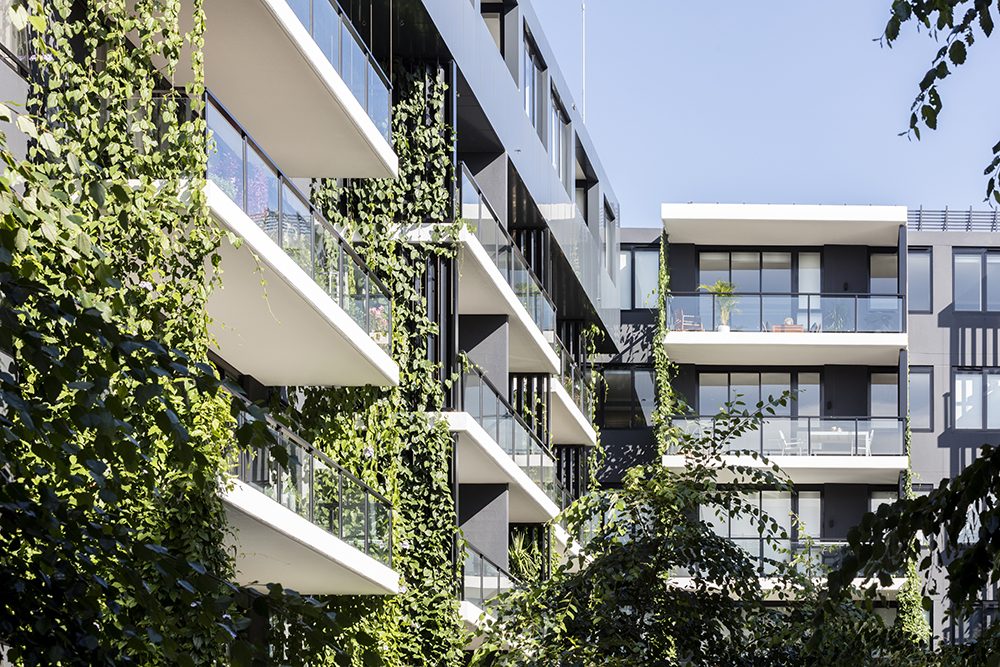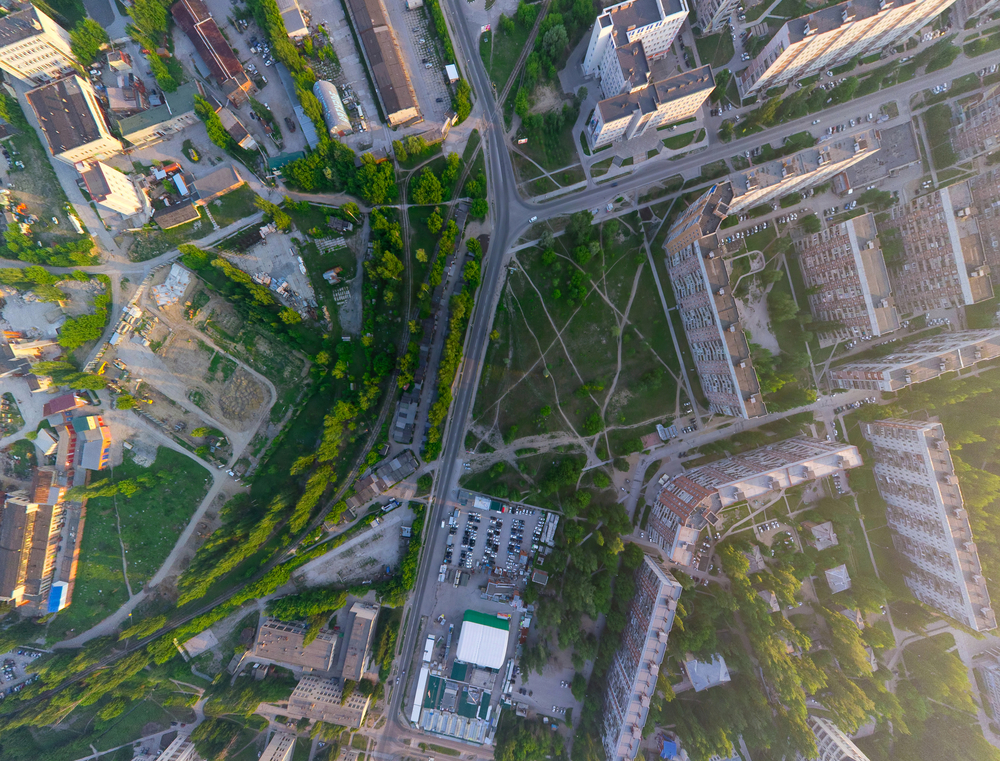According to NASA, global temperatures are rising and will keep doing so without targeted and sustained action. On top of this, combustion-engine vehicles, industry, hard building surfaces and lack of green spaces can all create heat build-up within our towns and cities.
Every little bit of action helps. This includes the contribution that green infrastructure can make towards reducing the warming effect, in turn helping to mitigate the impact of climate change.
Cooling the city – one building at a time
Research shows green infrastructure, such as green walls and green facades, can play an important role in the microclimate of buildings and the climate in the surrounding vicinity.
This includes:
- Direct alleviation of urban heat island effect through shading of heat-absorbing surfaces and via plant evapotranspiration.
- Reduction of maximum temperatures in the vicinity by shading walls from the sun.
- Reduced heat entry into buildings through the absorption or reflection of intense solar radiation by green vegetation.
- Facilitation of cooling flow-through breezes – particularly with green facades where there is a gap between the facade and the building wall.
- Reduced need for the use of artificial cooling, which in turn can lower carbon emissions.

Many studies provide evidence of a cooling effect from vertical greening systems. The results vary depending on the region, local climate, the installation, the study itself and other factors. However, cooling effects have been indicated across the board. They include the following:
- Solar radiation reduction of up to 37% for a wall with a single layer of leaves and 86% for five layers.
- Reduced energy consumption by up to 20%.
- Reduction of wall surface temperatures in a temperate zone by up to 12C and ambient temperatures (up to 2m away) by as much as 4C.
Why vertical green infrastructure?
Parks, gardens and other usable green spaces can contribute towards reducing heat build-up in our towns and cities. Ground space comes at a premium however, and vertical gardens such as green facades and walls can provide another means of greening urban areas. Green facades and walls also provide a very direct benefit for office, commercial or residential buildings through shading and heat absorption.
If you are interested in finding out more about how green infrastructure projects impact climate change, contact our team for a no-obligation discussion.






































